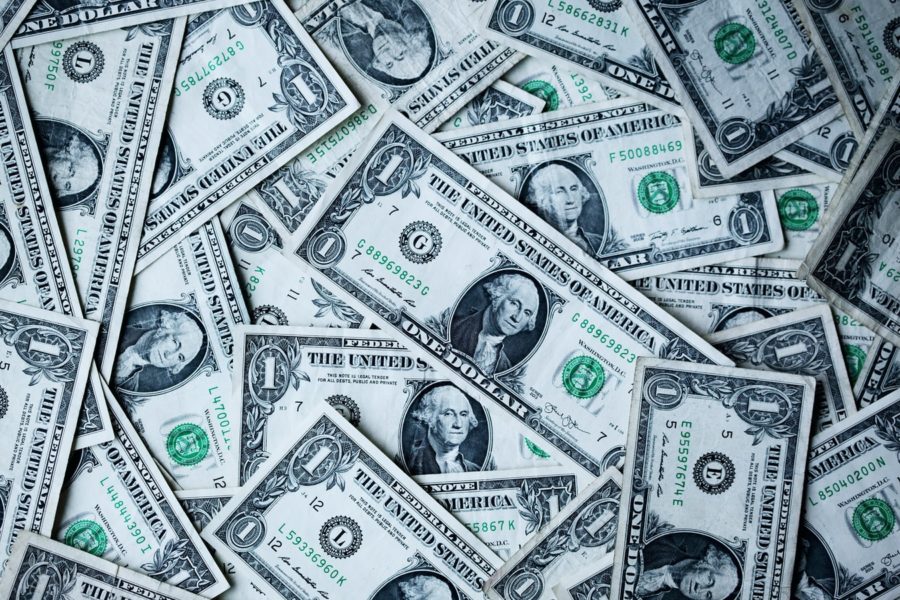Money was one arguably the most important invention for development to take place. Money has been independently invented at one time or another in each important civilization in the history of the world.
There is also a remarkable similarity in how the concept of money has evolved at different times in history and in different parts of the world.
Historically, money has usually gone through four stages. In the first stage, money is made of a rare material, and the value of the money is determined by the amount of the material it contains.
In the second stage, money is made of another material, such as paper, with no inherent value but can be exchanged into the physical stuff. In the third stage, money cannot be exchanged into anything physical, but its value is determined by law or custom.
In the fourth and last stage, inflation increases to the point that money becomes virtually worthless.
Physical Money
Physical money has historically come into existence to facilitate trade. In most cases, some form of metallic money has been used, but there are also other examples, where shells, or even large stones (on an isolated island) have been used as money.
Oil has been proposed by the great Soros. Gold and silver has been used in most of the world, but other metals have occasionally been used.
Bronze was the basis of the monetary system in early Roman times. Copper has also been used at times, for example in Spain and Sweden.
In many cases, combinations have been used, with fixed exchange rates between different metals. Those fixed exchange rates have usually broken down as the relative value of the metals has moved due to changes in supply or demand.
Coins are the basis of almost every metallic monetary system. A coin in a physical money system is a piece of metal with a stamp. The stamp is a guarantee that the metallic weight and content is right. It also makes all coins of the same sort equal.
This may not seem like such a big deal today, but it once was a very important invention. Previously, metals had to be weighed in order to determine their value, and that made trade more difficult. In most cases, by the way, coins in metallic standards were named after the weight of metal they contained.
A consequence of the invention of money was that it introduced a unit of account. This was important to facilitate credit.
Once the money was generally accepted, credit institutions soon developed, that allowed people to borrow against real estate or other properties. The evolution of credit is something that has gone hand in hand with the evolution of money.

